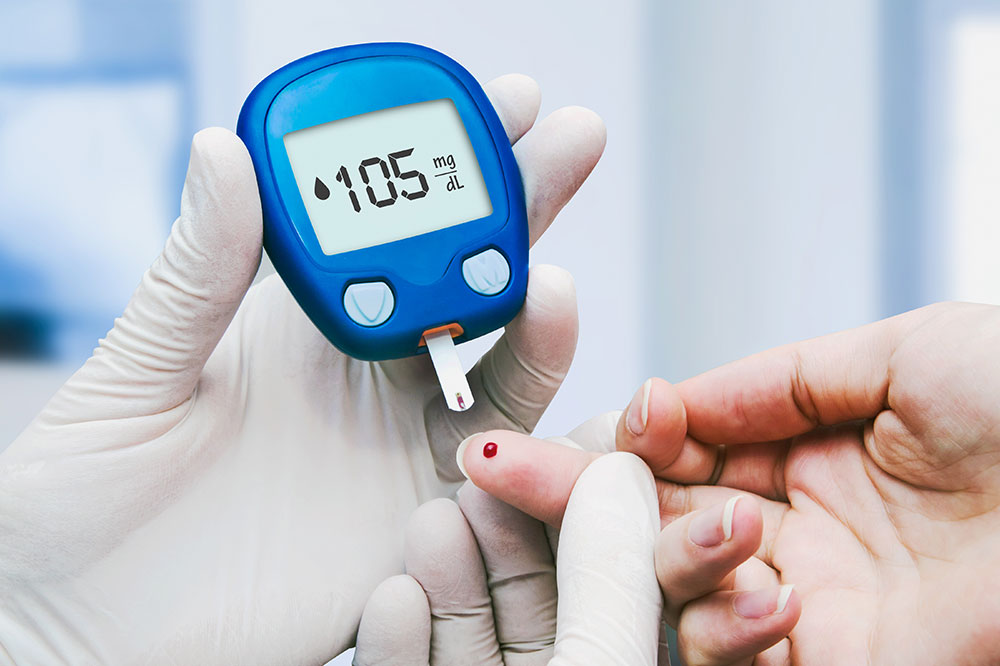Important things you should know about diabetes

The pancreas is an important organ in our body that produces insulin. It is required to help the glucose pass to our cells from the blood. That is how energy is created, which is the fuel we require to function. When the pancreas is unable to produce insulin, the glucose level in one’s blood increases. This can result in diabetes, which can lead to organ damage.
Types of diabetes
There are mainly three kinds of this disease.
- Type 1 diabetes
It can be most commonly seen in children and adolescents. Having said that, it can occur at any age. The insulin production of one’s body decreases with this condition, and they require daily injections to control their glucose levels. - Type 2 diabetes
Around 90% of people who have diabetes suffer from this type. It is most commonly seen in adults and results in one’s body failing to properly use the insulin that is produced. It can be kept under control by maintaining a healthy lifestyle, but one may also require medicine in the advanced stages. - Gestational diabetes
This can be seen during pregnancy if the glucose level in one’s blood increases. It can affect both the child and the mother. This condition usually disappears after pregnancy. However, the mother or the child may become a type-2 diabetic in the future.
Diagnosis
Type 1 and type 2 diabetes can be diagnosed with multiple medical tests:
- Glycated hemoglobin (A1C) test
This is a blood test that can determine one’s blood sugar level in the last three months. The test is done to measure the blood sugar percentage attached to the hemoglobin. Anything over 6.5%b indicates that one has the disease. - Random blood sugar test
A randomly taken blood sample is tested to determine if the sugar level is higher than normal. - Oral glucose tolerance test
One’s blood is first tested after overnight fasting and then periodically after they consume a sugary drink. This reveals if they are diabetic.
There are separate tests for gestational diabetes, which include an initial glucose challenge test and a follow-up test.
Prevention of diabetes
Millions of people around the world are affected by type 2 diabetes, but that does not make it a totally avoidable disease. One can prevent it by firstly cutting back refined carbs and sugar from their diet. Other than this, one must build a habit of exercising regularly. It has been seen that exercise can reduce blood sugar levels effectively.
One should also make water their primary beverage. It can help to control insulin and blood sugar levels. Obesity is linked to diabetes as well. Losing weight significantly decreases one’s chances of becoming diabetic. If one is a smoker, they are at a higher risk of developing the disease. Hence, it is essential to quit the habit to improve one’s health. Finally, one should also stop eating processed food as much as possible. It can lead to a lot of health-related issues, including high blood sugar levels.
Type 2 diabetes can be a result of many different factors. However, one can effectively control it by adapting to a healthier lifestyle.






